Why the battle for the small city of Bakhmut is so important to both Russia and Ukraine
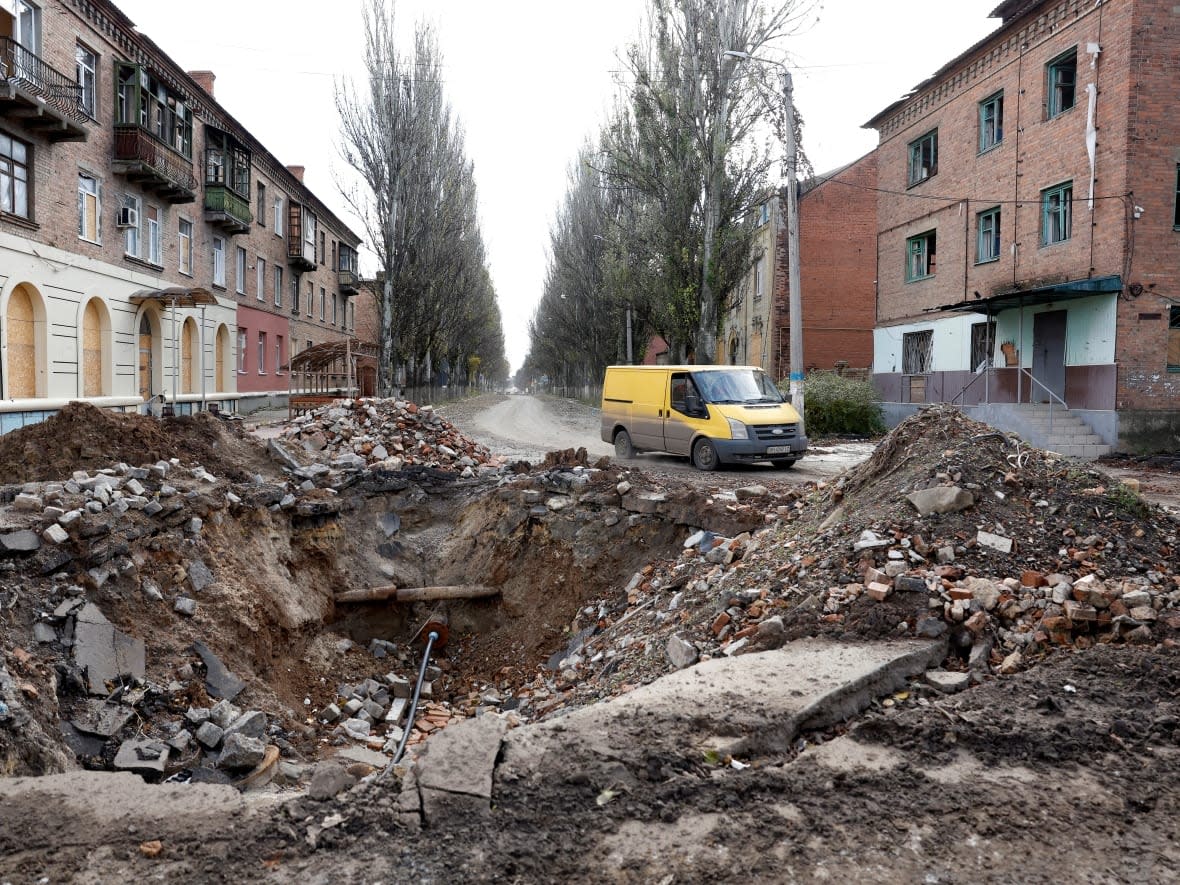
The quagmire of carnage now consuming the Ukrainian city of Bakhmut has been mostly overlooked, given Ukraine's battlefield successes against Russia's army elsewhere.
But the gruelling, gruesome six-month fight for the city in the Donbas region may soon reach its culmination, and the outcome is taking on outsized importance for both sides.
"It reminds me of a situation in the First World War," said retired Ukrainian colonel Serhiy Grabskiy, now a military analyst based in the capital, Kyiv.
Fields and villages surrounding Bakhmut are pockmarked with foxholes, filled with shivering soldiers. Troops from both sides shoot at each other over the top of mucky, water-filled trenches that snake for dozens of kilometres throughout the torn-up countryside.
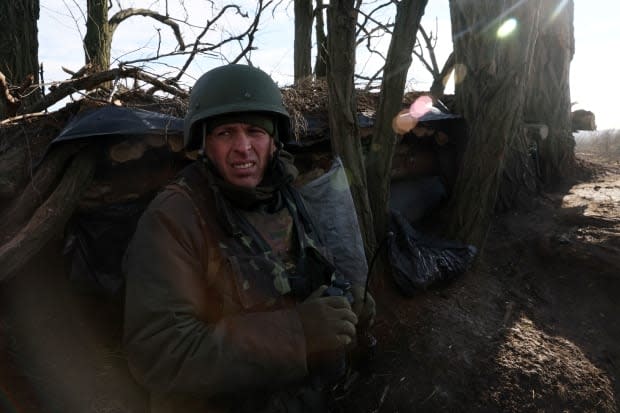
Before Russia's invasion, Bakhmut had a population of 70,000 people and was known mostly for its large salt mine and as a transportation hub where several highways intersected.
But since the spring, the city has become part of Ukraine's front-line defence.
Tremendous losses
Facing off against the Ukrainians are some of Russia's better-equipped soldiers, many of them paid mercenaries from the Wagner Group, which is controlled by Yevgeny Prigozhin, a confidant of Russian President Vladimir Putin.
Fighting alongside the Wagner forces are conscripted prisoners, forcibly drafted into the fighting ranks, along with perhaps tens of thousands of newly mobilized Russian recruits.
WATCH | Ukraine and Russia engaged in brutal battle for Bakhmut:
Together, they have relentlessly pounded Bakhmut as they attempt to take control of the key roads leading north and west.
Grabskiy says most of the Russian troops are being sacrificed in high-risk attacks to discover the locations of the strongest Ukrainian defensive lines.
"The Russians are sending in wave after wave against [fortified] Ukrainian positions," he said.
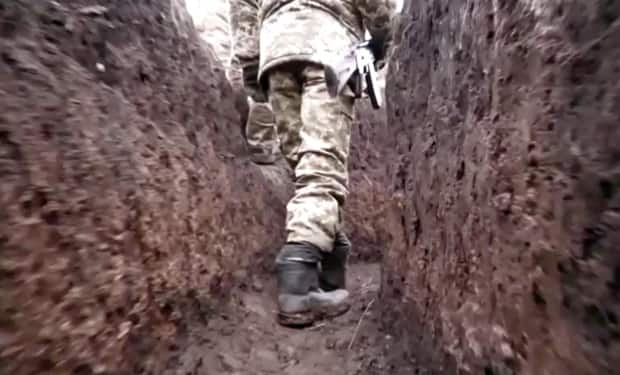
Once the Ukrainians return fire, their positions are then targeted and hit by Russian mortars and artillery. The result has been a bloodbath.
"We have to accept that losses from both sides of the conflict are huge."
Neither Russia nor Ukraine has said how many have been killed in the six months of fighting in Bakhmut, but Grabskiy estimates Ukraine is now losing "half a company" — roughly 30 to 50 soldiers — every day.
He says Russian losses may be four or five times that.
Strategic military objectives
One video posted by Ukraine's Defence Ministry shows Russian soldiers hiding in a series of trenches and foxholes on the grounds of what used to be a gas station just outside Bakhmut.
Ukrainian drones are seen dropping grenades and other ordnance on top of their positions, as some men scurry for cover. In other instances, some soldiers barely change their positions after a close strike, suggesting they may already be injured or are suffering from hypothermia.
Another video posted earlier this week on the "Bakhmut Life" channel on the Russian social media site Telegram shows Russian artillery shells slamming into the colourful exterior of what used to be a kindergarten called Smile. The building is seen burning.
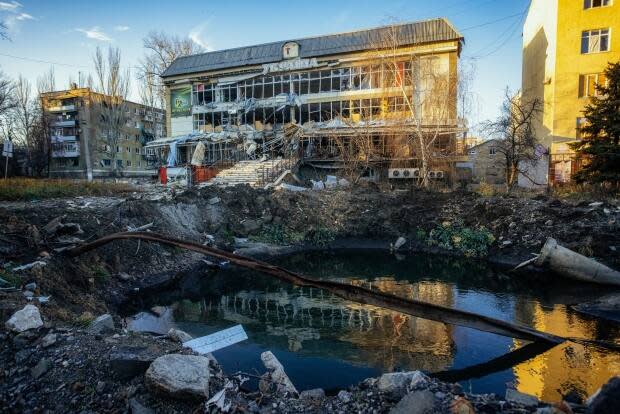
That initial attack was followed by several more Russian artillery volleys.
The Russian assault on Bakhmut is reminiscent of earlier and ultimately successful campaigns to capture the port city of Mariupol and the twin cities of Severodonetsk and Lysychansk — with some notable differences.
All of those cities were recognized as strategic military objectives and major population centres, whereas Bakhmut is neither.
'It's about money'
Yet even as Russian troops were withdrawing in disarray from the Kharkiv region in September and abandoning the city of Kherson in November, the assault on Bakhmut continued unabated.
Which raises the question: why is Russia devoting so much of its military might to capturing a peripheral city?
"It is about money," said Grabskiy.
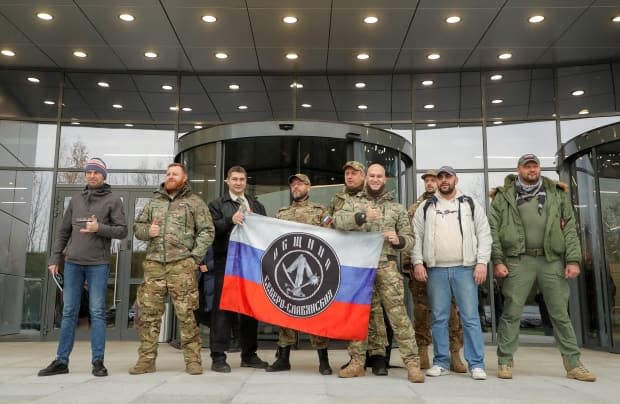
He says the Wagner Group was likely assigned the job of capturing Bakhmut by the Kremlin, and doing so will come with a significant financial reward — regardless of the number of Russian lives lost doing it.
Prigozhin "will play his role and show that he is an important component of the Russian military machine," said Grabskiy.
The Donbas region — made up of the Luhansk and Donetsk oblasts — was "annexed" by Russia at the end of September in a ceremony at the Kremlin that most of the world dismissed as illegal and irrelevant.
Grabskiy says the only part of the long front line where Russia appears to have the capacity to go on the offensive is around Bakhmut, and it's important for the military to provide a battlefield success for Putin.
Ukraine forces holding firm
The reasons for Ukraine's strong stand in Bakhmut are harder to discern.
Russian forces have managed to capture several villages to the south, and the country's military bloggers claim the rest of the city may be about to fall, too.
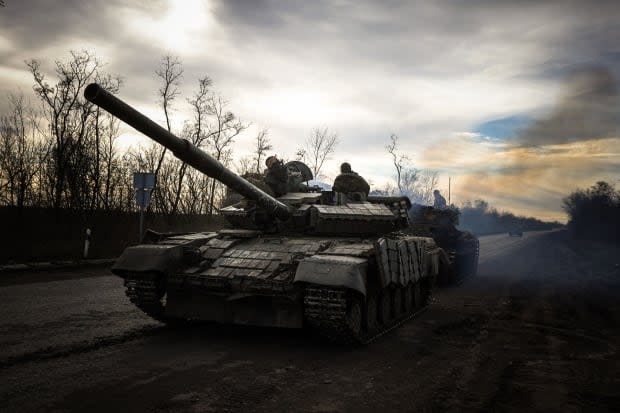
But analysts at the Washington, D.C.-based Institute for the Study of War who closely track social media postings about the fighting aren't convinced.
Nor do they see the likelihood of a Russian breakthrough even if they take Bakhmut, as there are other natural lines of defence that Ukrainian troops can fall back to.
"Russian troops are getting pinned down in tiny, inconsequential settlements," said Karolina Hird, an analyst with the independent think-tank. "[They have] degraded their manpower and equipment and thrown the most poorly trained mobilized guys to fill in the gaps. And those bodies will continue to pile up."
In fact, the Ukrainian strategy may be to repeat what happened in Severodonetsk, where, after drawing the Russians into a months-long battle, Ukraine opened up new, ultimately successful offensives to the north and south, where the Russian lines had become stretched thin.
"I think we are seeing the same effect around Bakhmut," said Hird.
Situation 'is difficult'
But the strategy carries risks for Ukraine.
NATO officials claim Russia still has an immense amount of equipment, troops and weaponry inside Ukraine, and there appears little chance its army will run low on foot soldiers.
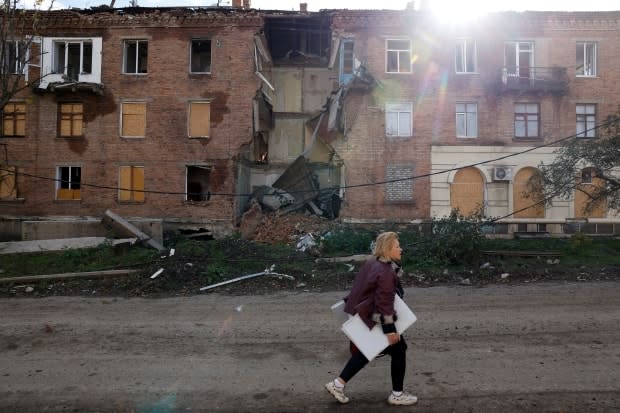
Russian officials say they have just completed mobilizing 300,000 soldiers, and there are persistent reports that another round of call-ups could come after Christmas.
Even as some of NATO's best weaponry continues to pour into the country, Western officials worry Ukraine is suffering heavy military and civilian casualties — as many as 100,000 of its soldiers may have been killed or wounded.
Ukraine President Volodomyr Zelenskyy has said the number of Ukrainian casualties is a security issue and something he doesn't discuss. But in an address earlier this week, he indicated the situation in Bakhmut is grim.
"The situation on the front line is difficult. Despite extremely large losses, the occupiers are still trying to advance on the Donetsk region," he said.
Russia controls roughly half of Donetsk oblast, but in a briefing with journalists earlier this week, Pavlo Kyrylenko, the administrator of the Ukrainian-held portion, tried to offer reassurance that Russian troops would not advance much further.
"The situation is still under control," he said.


